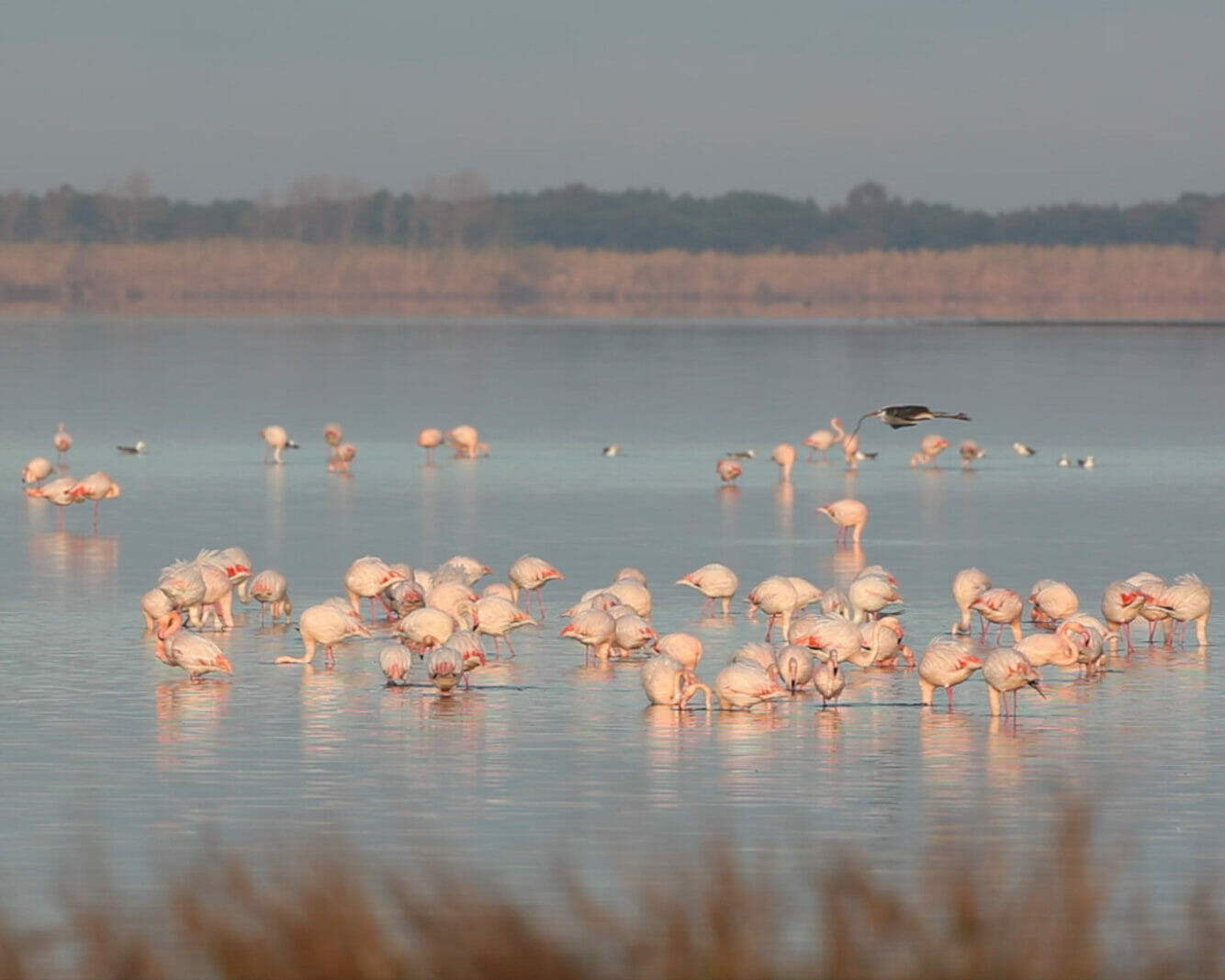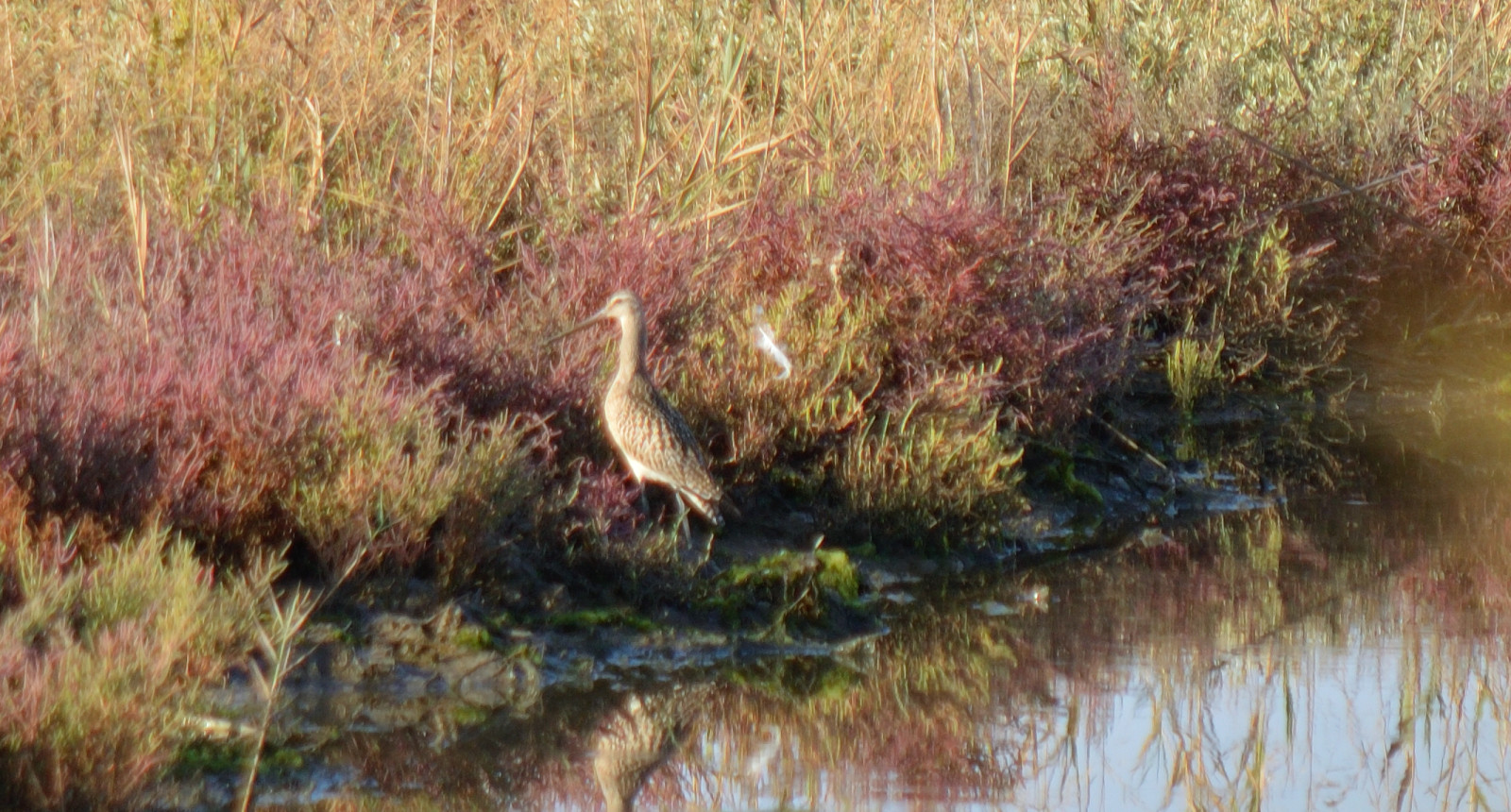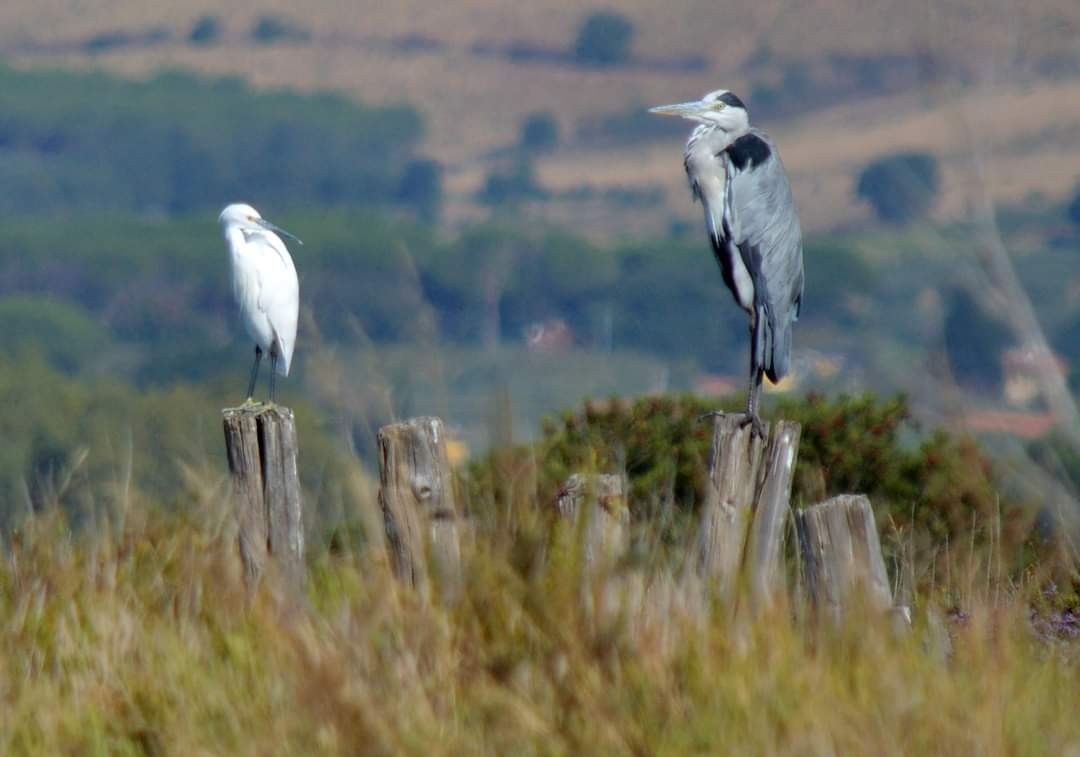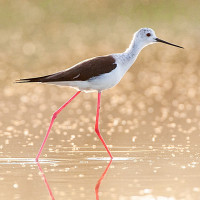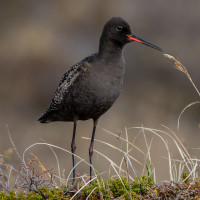Description
The Diaccia Botrona Nature Reserve is a wetland that is a paradise for birdwatchers, with over 200 known species of birds that pass through over the course of the year, 80 of which are breeding here. Amongst the most important, there are блатна еја, Полска еја, орел рибар, осојад, мала бела чапја, жолта чапја, црноопашна блатарка, црвена чапја, голем воден бик, розев фламинго, модроврана and цуцулеста кукавица.
Details
Access
After arriving at Castiglione along the provincial road SP 158 the Collacchie, you must reach the Giorgini bridge, turn right driving until the Ximenes House. You can also reach the Daccia Botrona from the provincial road Castiglionese towards Castiglione della Pescaia until Ponti di Badia; here you must turn left, and drive along a small road until you reach the Daccia Botrona Nature Reserve. Click on the P in the map to get directioms.
The Diaccia Botrona Nature Reserve is accessible on foot with a circular route of 14 km (see the map) or you can just explore the area around the visitor center.
Terrain and Habitat
Wetland , ReedbedsConditions
Open landscape , WetCircular trail
YesIs a telescope useful?
Can be usefulGood birding season
All year roundBest time to visit
Spring migration , Autumn migration , SpringRoute
Wide pathDifficulty walking trail
EasyAccessible by
FootBirdwatching hide / platform
YesExtra info
The nature reserve was created after the drainage of the old Lake Prile or Preglio, that took up this flat area. The lake was drained almost completely during the huge drainage works ordered by the Grand Dukes of Tuscany during the 18th century to defeat malaria. Today Diaccia Botrona is an important wetland, a marshy area of land with unique characteristics of international importance. As a matter of fact, many species of plants and animals can be found here. The access to the protected area is free and with a good telescope and a pair of Wellingtons you can observe different species of birds, such as hawks, herons, wild geese and ducks, but even various mammals such as foxes, badgers, hedgehogs and porcupines, or reptiles such as tortoises, tree frogs and grass snakes.
Links
- www.maremma-online.it/visite-gironaliere-barchino-riserva-naturale-diaccia-botrona.html
- Brochure with a map of the area
